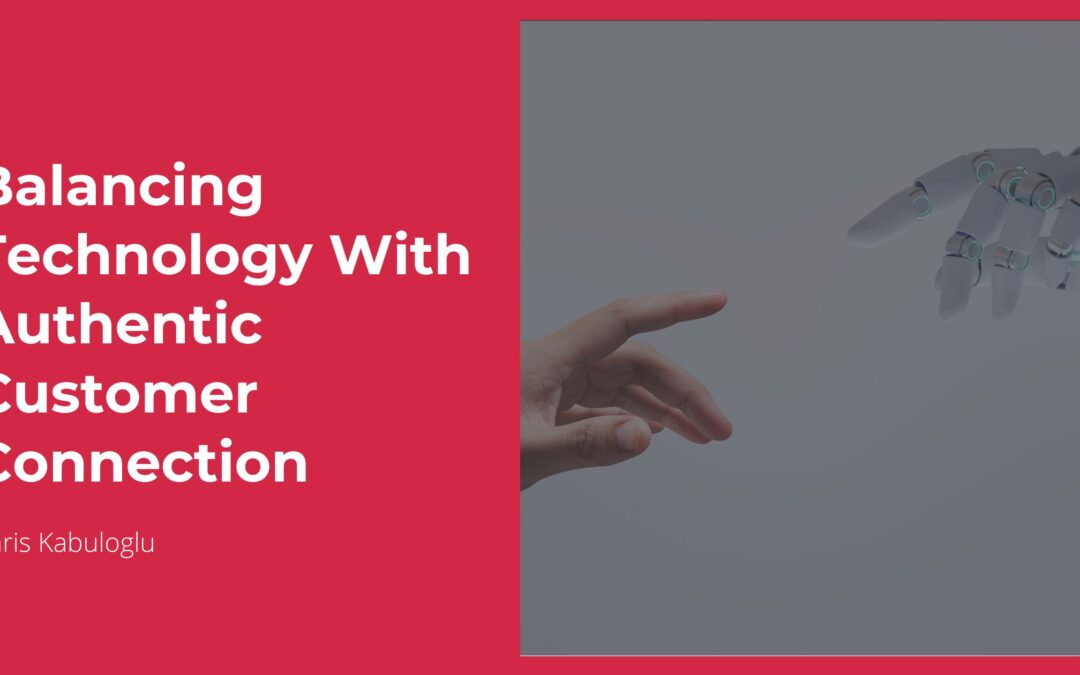Introduction: Innovation Beyond Automation
In today’s digital landscape, innovation is often measured by how advanced or automated a business can become. Artificial intelligence, machine learning, predictive analytics, and automation tools are transforming industries at breathtaking speed. Yet, amidst this rapid advancement, one truth remains unchanged: customers still crave human connection. The future of innovation isn’t just about technology itself—it’s about how well technology enhances the human experience.
The Rise of Tech-Driven Customer Expectations
Modern customers expect swift responses, personalized experiences, and seamless service. Technologies such as AI-powered chatbots, recommendation engines, and automated workflows help businesses meet these expectations efficiently. But when overused or poorly implemented, these systems can create distance rather than connection. Customers don’t want to feel like they’re interacting with machines; they want to feel understood.
As businesses adopt advanced technologies, the challenge lies in using them to elevate customer relationships, not replace them.
Human-Centered Innovation: What It Really Means
Human-centered innovation prioritizes empathy, emotional intelligence, and authentic communication. It leverages technology to support—not overshadow—the human touch. Companies that thrive in this environment understand that innovation is not just about solving operational problems but also about designing experiences that resonate emotionally.
This means asking questions such as:
-
How does this technology improve the customer’s life?
-
Does it make interactions more meaningful?
-
Does it eliminate frustration or create new barriers?
Human-centered innovation places people at the center of progress.
Technology as a Tool for Deepening Relationships
When used intentionally, technology can actually strengthen customer connections:
1. Personalization That Feels Genuine
Advanced data analytics help companies understand preferences and behaviors. When applied appropriately, these insights allow brands to deliver personalized recommendations, tailored communication, and experiences that feel truly relevant.
2. Faster Solutions With a Human Backup
Chatbots and automated systems can handle simple tasks, allowing human employees to focus on complex or emotionally sensitive interactions. This hybrid approach improves efficiency without sacrificing empathy.
3. Real-Time Engagement and Feedback
Technology enables instant communication and feedback collection. Businesses that listen actively and respond thoughtfully can build stronger trust with their customers.
Finding the Right Balance
The true measure of effective innovation is balance. Too much automation can feel impersonal; too little can lead to inefficiency. Businesses must evaluate their customer journey holistically and identify where human involvement matters most.
Critical touchpoints—like problem resolution, emotional support, or high-value decisions—should always involve human interaction. Meanwhile, repetitive or data-driven tasks can be supported by automation.
Empowering Employees Through Technology
Authentic customer connection starts with empowered employees. When organizations invest in tools that simplify workflows, enhance communication, and reduce stress, employees are better equipped to deliver exceptional service.
This creates a ripple effect:
Happy employees → authentic interactions → satisfied customers → stronger loyalty.
Innovation With Heart
As businesses navigate a rapidly evolving digital landscape, the organizations that stand out will be those that innovate with heart. They will embrace technology not as a replacement for humanity but as an ally in strengthening meaningful connections. After all, the future of innovation lies at the intersection of cutting-edge technology and timeless human values.

